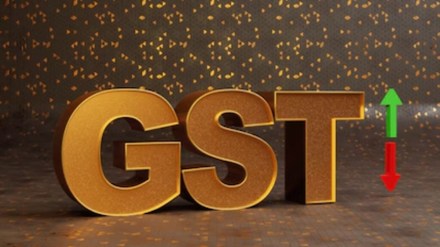The gross goods and services tax (GST) collections in August (July transactions) rose 10% on year to Rs 1.75 lakh crore, data released by the finance ministry showed on Sunday.
The GST collections in July (June transactions) stood at Rs 1.82 lakh crore, up 10.3% on year. With Rs 24,460 crore refunds issued during August, the net collections for the month came in at Rs 1.5 lakh crore, up 6% from the year-ago month.
Further, gross collections from domestic transactions in August rose 8.7% on year to Rs 1.25 lakh crore, while from imports, it rose 12.1% to Rs 49,976 crore. For April-August, the gross collections stood at Rs 9.14 lakh crore, up 10.1% on year, and net collections at Rs 8.06 lakh crore, up 10.1%.
“A 10% increase in collections on a year-to-month basis at the start of the festive season for the year indicates that consumption is robust and will only improve further in the coming festival months,” said MS Mani, partner, Deloitte India.
This would give renewed confidence that the collection targets for the year would be achieved. There are some differences in the GST collection increases across major states which may need a deep dive, he said.
“The increase in collections for the month is also attributable to the increased focus on GST investigations and audits, which typically increase compliance and resultant collections. The ability of large states like Maharashtra, Karnataka, Uttar Pradesh, Madhya Pradesh and Haryana to record double-digit increases in collections once again indicates the robust consumption in these states accompanied by the tax authorities’ measures to improve compliance and crack down on evasion,” Mani said.
However, the single-digit increase in large states like Gujarat, Andhra Pradesh and Tamil Nadu would engage the attention of the tax authorities in these states, he added.
Saurabh Agarwal, tax partner, EY, said that despite a decline in net GST revenue due to increased refunds, the continued growth in gross collections indicate a robust economy.
“The shift towards self-reliance is evident in the decreased imports and increased exports. The government’s commitment to reduce working capital costs for businesses facing inverted duty structure is demonstrated by the higher domestic GST refunds. By rationalising rates, the government aims to address this issue over time. The positive growth in GST collections in Nagaland, Assam, Andaman & Nicobar, and Ladakh indicates holistic economic development across India,” Agarwal said.
